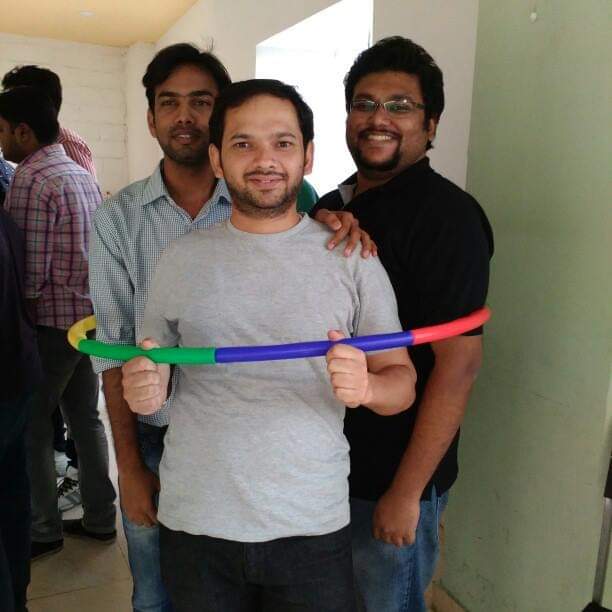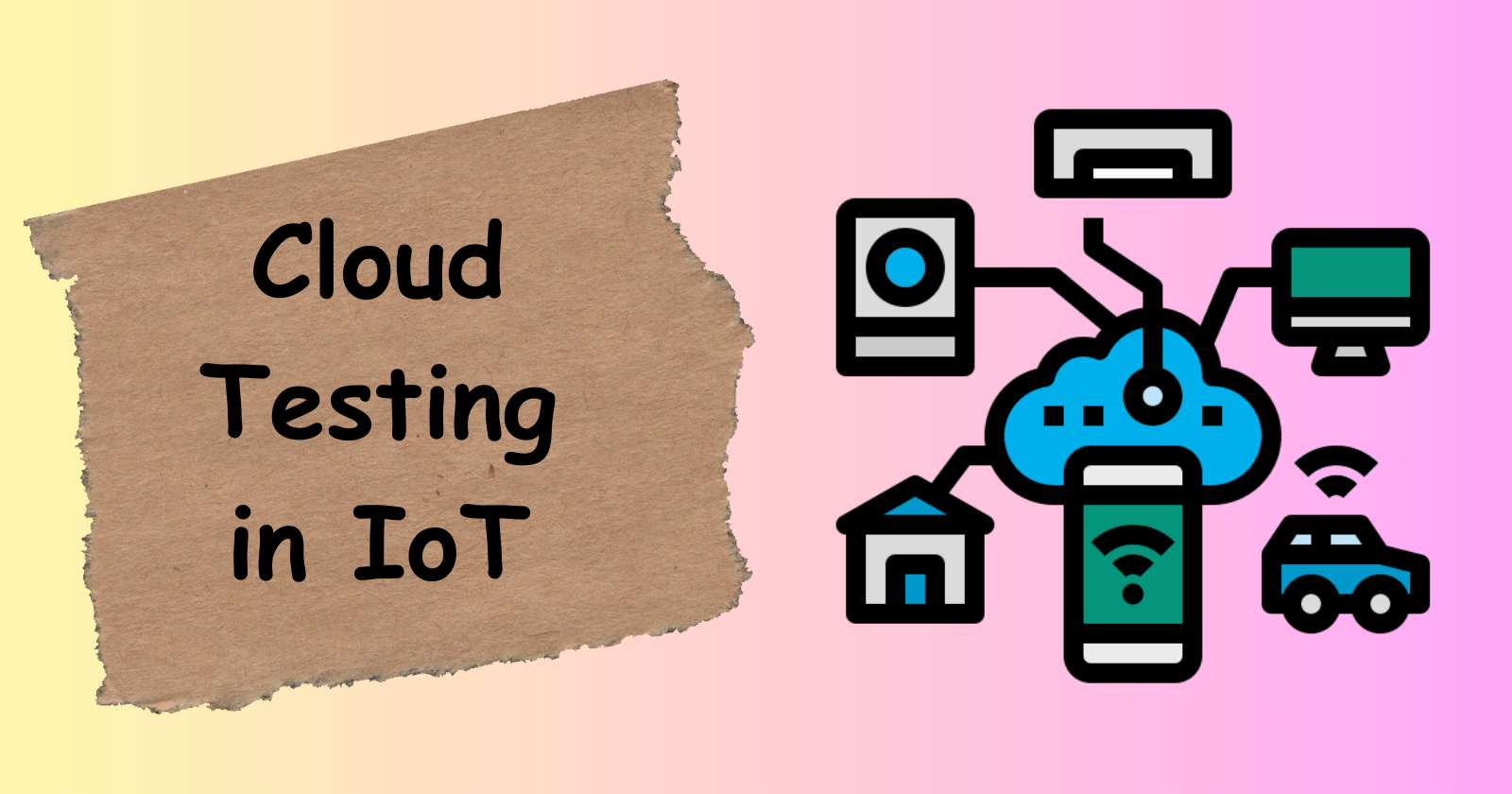Navigating through Cloud Testing in IoT: An Exhaustive Guide
 Abhay
Abhay
In the era where the Internet of Things (IoT) commands a significant role in connecting devices and ensuring the smooth interplay of data, employing rigorous testing mechanisms is imperative. Especially considering the pivotal role of cloud-based testing in addressing the challenges posed by IoT, providing a robust and scalable testing environment is essential. Here, we delve into the intricate world of cloud testing, its implications, and the prime strategies involved in actualizing seamless IoT functionalities.
The Essence of Cloud Testing in IoT
Cloud testing utilizes cloud environments, essentially web-based applications and infrastructures, to simulate real-world user traffic and environments. It is pivotal in ensuring the scalability, performance, and reliability of applications and devices operating in the IoT ecosystem. By deploying cloud testing, companies can manage, monitor, and validate IoT services and applications' load, stress, and performance testing, ensuring they can withstand real-world conditions and user interactions. IoT devices and applications necessitate cloud testing due to the complexity and scalability of operations and data management. Consequently, the cloud provides a scalable, flexible, and cost-effective platform to manage and simulate various user scenarios and network conditions, enhancing the quality and reliability of IoT services.
Significance of Incorporating CI/CD Tools in Testing
When we delve deeper into the world of testing within an IoT framework, incorporating Continuous Integration/Continuous Deployment (CI/CD) tools emerges as an inextricable component, amplifying the efficiency and coherence of testing practices. The CI/CD tools do not merely facilitate automated practices but resonate as pivotal contributors to the quality, reliability, and expedited delivery of developed software.
Accelerating Development and Deployment Cycles
In the complex and dynamic environment of IoT applications, where rapid modifications and continuous advancements are the norm, CI/CD tools serve as catalysts that fast-track the development and deployment cycle. They bolster the development team's capacity to regularly integrate and deploy code changes, mitigating the lead time to detect and address issues. This is instrumental in reducing the time to market while ensuring consistent delivery of quality applications.
Encouraging a Culture of Continuous Improvement
CI/CD tools foster a culture where continuous improvement is encouraged and systematically integrated into the development workflow. By automating testing and deployment processes, they minimize the scope of manual errors and facilitate an environment where developers can focus on innovative functionalities and optimize code quality. The automated pipelines validate the code, ensuring each integration is robustly tested, and errors are pinpointed and rectified promptly. Ensuring Consistency Across Various Platforms The IoT ecosystem encompasses many devices and platforms, each presenting unique testing challenges. Here, CI/CD tools ensure testing and deployment consistency, ensuring that software behaves predictably across all platforms. By automating and standardizing deployment processes, they mitigate the risks associated with manual deployment, such as human errors or inconsistencies across different environments.
Augmenting Collaboration among Teams
CI/CD frameworks also potentiate enhanced collaboration among development, operations, and testing teams by establishing a unified pipeline wherein all teams know the workflow and progress. The visibility into each development stage and instant feedback mechanisms help synergize the efforts of all teams involved, thereby streamlining the overall development process.
Mitigating Risks and Enhancing Reliability
With automated tests being run at every integration, CI/CD tools minimize the risks associated with bugs or vulnerabilities reaching the production environment. Through early detection of potential issues and automated resolutions, they enhance the reliability of the applications, ensuring a steadfast performance once deployed in a live setting.
Aligning Testing with Real-World Scenarios
Incorporating CI/CD also means aligning tests with real-world use cases and scenarios. The ability to continually test and deploy ensures that applications are validated for their current functionality and resilient to evolving user behaviors and emerging IoT technologies. This persistent alignment assures that the software is perpetually relevant and reliable in a real-world context.
Challenges in Cloud Testing of IoT Applications
Testing IoT applications in the cloud presents challenges, including device diversity, security concerns, and complex testing environments. Ensuring applications' functionality, performance, and security across diverse devices, platforms, and environments necessitates formulating comprehensive testing strategies. Furthermore, managing and simulating the extensive data interactions and communication between IoT devices in a cloud environment demands meticulous planning and execution of testing processes.
Examining Mobile Website Interaction: A Critical Look
The proliferation of mobile devices also propels the need to comprehend how to test website on mobile platforms. With IoT devices increasingly interacting with mobile platforms, ensuring that websites and web applications perform seamlessly on mobile devices becomes paramount. This involves testing websites across various mobile devices, browsers, and network scenarios to ascertain optimal performance and user experience. Testing websites on mobile involves analyzing functionality, usability, and performance across diverse browsers and environments. Utilizing cloud testing platforms can simulate various mobile environments and user scenarios, ensuring that websites and web applications provide consistent and reliable user experiences across all platforms.
Strategies for Effective Cloud Testing in IoT
A multi-faceted strategy for cloud testing should envelop aspects like scalability testing, stress testing, and performance testing to validate the performance of IoT applications. The complexity of IoT networks, devices, and data interactions necessitates rigorous and comprehensive testing mechanisms to validate and verify applications in real-world scenarios. Moreover, aligning the testing strategies with the organizational goals, ensuring data privacy and security, and validating the integration and interaction of IoT applications and devices across various environments and scenarios should form the cornerstone of cloud testing strategies.
Conclusion
Embracing cloud testing, especially in the IoT realm, can usher in a new epoch where device interactions and data communications are seamless, secure, and robust. Ensuring the efficacy of IoT applications by employing comprehensive testing strategies, incorporating CI/CD tools, and meticulously testing across various platforms, especially mobile, is paramount in ensuring the delivery of high-quality, reliable, and secure IoT services and applications. Navigating through the intricate aspects of cloud testing, acknowledging the challenges, and formulating pragmatic strategies to overcome them are pivotal in ensuring the successful deployment and operation of IoT devices and applications in the real world.
Subscribe to my newsletter
Read articles from Abhay directly inside your inbox. Subscribe to the newsletter, and don't miss out.
Written by

Abhay
Abhay
I am a digital marketer with 13+ yrs. experience. I have written so many blogs and also have sound knowledge in software testing.